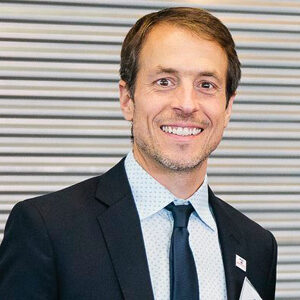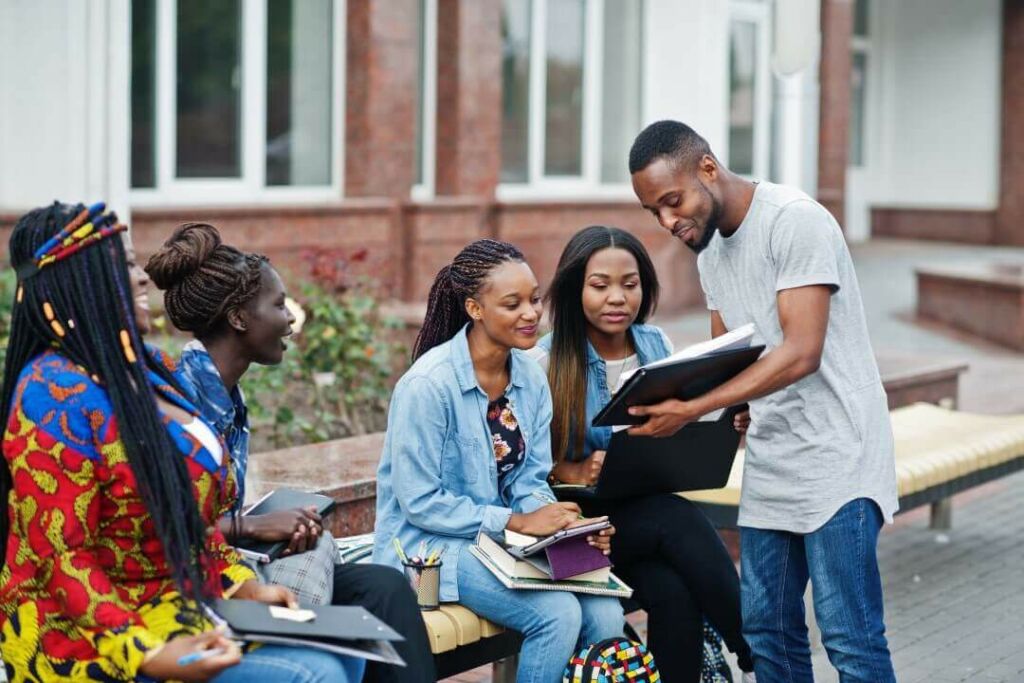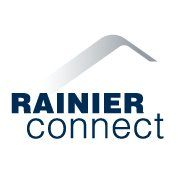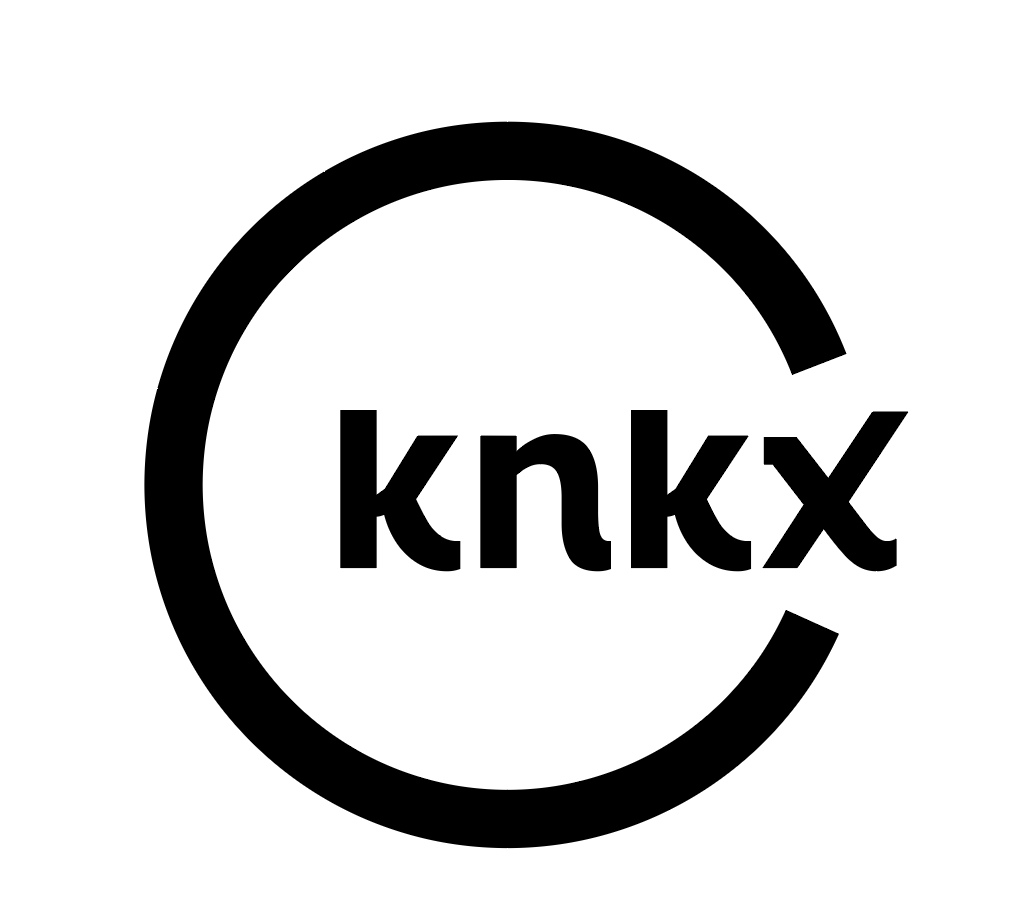
Ben Mitchell
Director of Advocacy & Policy, Foundation for Tacoma Students
Policy can’t do everything. But it is a critical part of systems change work. Here are a few examples of policy strategies that are underway currently that connect directly to the Graduate Tacoma 2030 Goal, and a set of impediments we’re currently facing.
Washington’s Lagging Postsecondary Enrollment Rates
The rate at which high school graduates in Washington State enroll in a 4-year or 2-year college program after high school has remained stuck at about 60% for the last 15 years. In Tacoma, our rates of college enrollment sit at 48%, with notable disparities along lines of racial identity and household income. (Check out our Data Dashboard for College Enrollment for detailed breakdowns). That puts our state’s situation in stark relief is when you compare our standing to other states.
Washington ranks 46th nationally in the rate at which students enroll in college directly from high school. And while it is certainly true that many high school graduates simply prefer a pursuit other than college after high school, it’s impossible to look at Washington’s standing nationally and not conclude that we have a problem on our hands.
So what’s a policy-maker to do to address our problem of lagging rates of postsecondary enrollment? The most direct lever that public policy can pull is to lessen the cost burden of attending college. And we are seeing efforts underway to do just that in this year’s State legislative session.
House Bill 1659 is proposing to expand the eligibility for the Washington College Grant program. Currently, students from households with an income of more than $43,000 can receive a grant to cover all costs for tuition and fees for up to 15 credits per year. HB 1659 would raise the income eligibility threshold to slightly more than $55,000, and also create an additional yearly grant of $500- $1,000 that can be used for non-tuition expenses, such as books.
House Bill 1736 proposes creating a new State student loan program that would issue loans with only a 1% interest rate. The proposed Washington Student Loan Program would max out at $3,000 per year for undergraduates, and $5,000 per year for graduate students, and is intended to provide low-interest financing that can complement other sources of funding.
Last, but first in our hearts at FFTS, is Senate Bill 5789. The conundrum of our State’s postsecondary enrollment, is that between the Washington College Grant and the College Bound Scholarship, we’re a national leader in college financial aid programs. But our lower rates of college enrollment points to barriers beyond just finance. SB 5789 attempts to address non-financial barriers by providing funding to local efforts that are doing the things that make sense in their communities to help students navigate the complicated web of college admissions and financing. We know what these efforts look like because we do them in Tacoma. It’s efforts like post-graduation summer outreach; in-person advising and application assistance, and; FAFSA assistance for students and parents.
These bills are good examples of policy strategies that are targeted at a result:increasing college enrollment – and are meant to address a specific challenge: the cost of college. The bills are straightforward and are trying to tackle one factor. Of course, there are other important challenges to address, such as complicated dynamics at play concerning the social-emotional and mental health of students. In my next post, I’ll delve into the policies we’re seeing, and more crucially not seeing, that could address those issues. In the meantime, I hope you’ll engage with us through the Graduate Tacoma Advocacy Network.
















